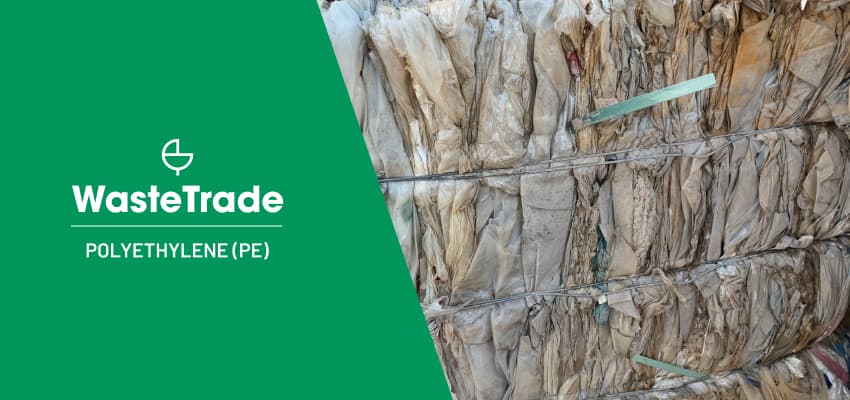High-Density Polyethylene (HDPE) is one of the most typically applied parts world wide, and their demand remains to grow. Within daily things like dairy containers, detergent bottles, and piping, HDPE is favored because of its longevity and versatility. But, using its common use comes the necessity for successful recycling methods to mitigate environmental impact. This manual breaks down the advantages of Recycle HDPE> and describes the method in easy, apparent terms.

Benefits of HDPE Recycling
Recycling HDPE offers substantial environmental and financial advantages which are essential in approaching international waste challenges. Below are a few crucial advantages:
1. Decreases Plastic Pollution
HDPE accounts for a considerable percentage of plastic spend globally. Studies reveal that approximately 300 million tons of plastic are produced annually, with HDPE comprising a significant share. Recycling this plastic decreases the amount of spend winding up in landfills and oceans, helping fight pollution and protect ecosystems.
2. Conserves Power and Assets
Providing new HDPE from natural materials, such as for example oil, needs considerable energy. Recycling HDPE plastic saves up to 88% of the energy in comparison to manufacturing new plastic. Furthermore, recycling conserves non-renewable assets like oil and fuel critical for providing virgin HDPE.
3. Helps a Rounded Economy
HDPE is well-suited for numerous recycling rounds without losing its quality. This ability advances a round economy in which components are reused for services, reducing the requirement for constant virgin substance production.
4. Financial Benefits
Recycling HDPE plastics generates work opportunities across recycling centers, production flowers, and distribution systems. Additionally, industries using recycled HDPE usually see price savings due to lower product prices and duty incentives for sustainable practices.
The HDPE Recycling Process
Recycling HDPE uses a easy however essential method to ensure the substance is reused effectively:
1. Series
HDPE materials are gathered through curbside recycling programs, community recycling stores, and professional waste administration systems. Consumers enjoy a vital role in ensuring correct segregation of HDPE parts from other waste.
2. Selecting and Cleaning
Following variety, HDPE things are sorted by type and color. This step is vital to remove pollutants like glues, food deposit, or non-recyclable materials. Clean and fixed pockets guarantee high-quality recycled products.
3. Shredding and Granulation
The sorted HDPE is then shredded into smaller parts or flakes. These flakes are further refined into granules, making them more straightforward to burn and shape in to new products.
4. Reduction and Pelletizing
The white HDPE is melted down and converted into pellets through a pelletizing machine. These pellets function as raw resources for production new products, such as for example pipes, containers, and actually furniture.

5. Generation of New Items
Recycled HDPE pellets are found in the creation of numerous goods, completing the recycling loop. Objects produced from recycled HDPE provide the same durability and quality as those made with virgin material.
A Stage Forward in Sustainability
HDPE recycling is really a game-changer in waste management, providing both environmental preservation and financial development opportunities. By participating in recycling initiatives and understanding the advantages and means of HDPE recycling, individuals and industries may donate to an even more sustainable future.
